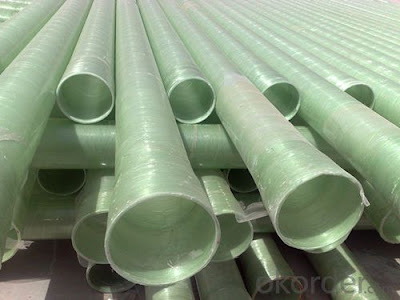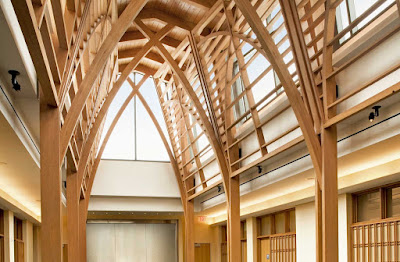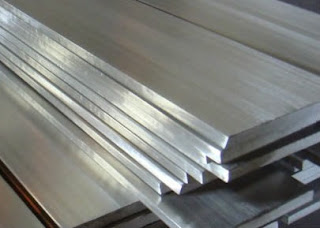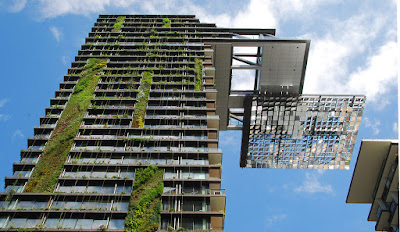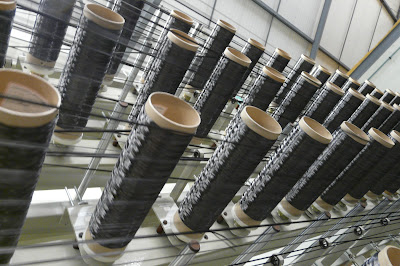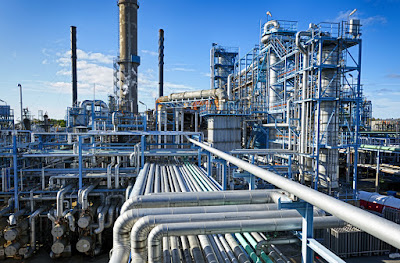Aerosol caps are extensively used for packaging aerosol products. They offer many advantages such as leakage prevention, resource efficiency, recyclability, and aesthetic value.
Extensive Use of Aerosol technology to Boost Demand
Aerosol caps are extensively used in wide range of products including personal care, household, automotive and industrial, foods, paints, medical, and others. In 2016, automotive and industrial applications estimated for over 23.5% of the total volume share. The caps are used in various products such as cleaner, bug and tar remover, degreaser aerosol sprays, and others. In addition, increasing demand for lubricating and detailing applications and high demand for spray paints in improving vehicle appearance as well as maintained can increase the demand. Food and paints segment accounted for over USD 75 million due to high demand for aerosol technology. in the manufacturing cheese cans and spray cans, and other products. Aerosol products are widely used in several food products such as chocolate, whipped cream, mayonnaise, olive oil, and vinegar.
Personal care segment is expected to grow rapidly with rising demand of gender-specific products. Extensive use of aerosol propellants in styling mousses, deodorants, hair sprays can have positive impact on the segment. Household application segment is expected to grow on account of aerosol products such as insecticides, air fresheners, and bathroom cleaner.
Market Overview
According to Grand View Research, Inc., the worldwide aerosol caps market is predicted to value USD 440.5 million by 2025. Rising demand for the product in application and packaging industries can make a positive outlook for the market during the forecast period (2014 to 2025). In addition, technological advancements in plastics and development of new polymer can have positive impact on the market.
However, replacement by new technologies in the aerosol industry as well as rising concerns regarding human health and environment can hamper the market growth for an extent.
Key players working in the market include Lindal Group Holding GmbH; Cobra Plastics, Inc.; Rackow Polymers Corporation and Plasticap.
In-Depth Research Report On Aerosol Caps Market:

